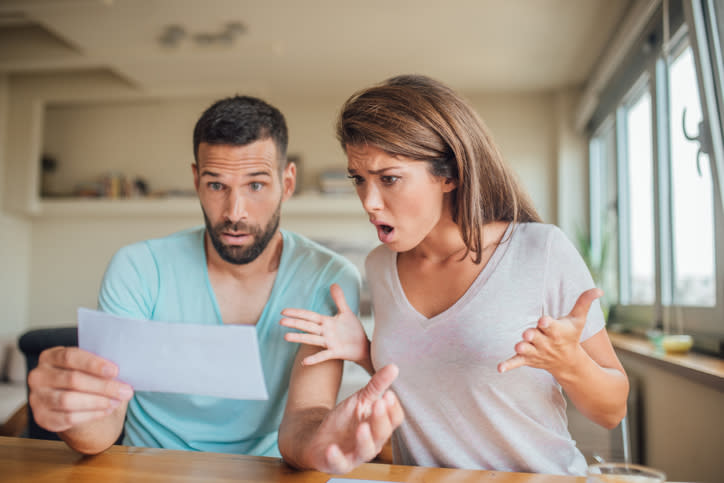$2,400 bill shock coming for self-isolating Australians

Australians have managed to keep coronavirus numbers low after following government advice to stay home, but this could come at a significant cost.
With both children and adults spending all their time at home, some households are estimating their electricity usage could be as much as 50 per cent more than usual.
The average annual electricity charge in NSW is $1,627, according to Canstar. This means in 2020 – the year of the coronavirus – many households could need to fork out a whopping $2,400.
Victoria and Queensland residents pay a little bit less on average, while South Australians shell out more for their power.
And the situation will only deteriorate as the nation heads into the winter months and heating comes on.
UNSW Built Environment professor Mat Santamouris told Yahoo Finance that the way Australian houses and flats are designed leads to an over-reliance on electricity.
"The buildings are not well protected – they do not have insulation," he said.
"As a result, you will have much higher energy consumption for heating and cooling."
The problem is exacerbated in lower income suburbs where people have even less capability to pay hefty electricity bills or install better insulation.
According to Santamouris, studies have found winter daytime indoor temperatures in some Sydney houses can be as low as 7 degrees.
"We were surprised that people don't meet their basic comfort needs," he said.
"It was very common that the indoor temperature during the day was 11 or 12 degrees… Indoor temperatures during a heatwave can be close to 40 degrees for more than 4 or 5 days."
Public Interest Advocacy Centre head of energy policy Craig Memery said many Australians would do it tough this winter.
"Millions of people have just lost work and incomes. At the same time, people are having to spend their time at home, pushing up energy costs when they are least able to pay.
"Without better support, this winter many families face a choice between heating their homes and having enough money for food and rent."
Not only does the lack of thermal protection on residential buildings burn a hole in Australian wallets, it results in adverse health outcomes too.
"Because of the very high temperature or lack of ventilation, mortality and morbidity increase. This is very well-documented… it happens everywhere in the world," said Santamouris.
So the irony for Australians staying home to avoid the coronavirus is that their health could be deteriorating by other means.
Follow Yahoo Finance Australia on Facebook, Twitter, Instagram and LinkedIn.

 Yahoo Finance
Yahoo Finance 
